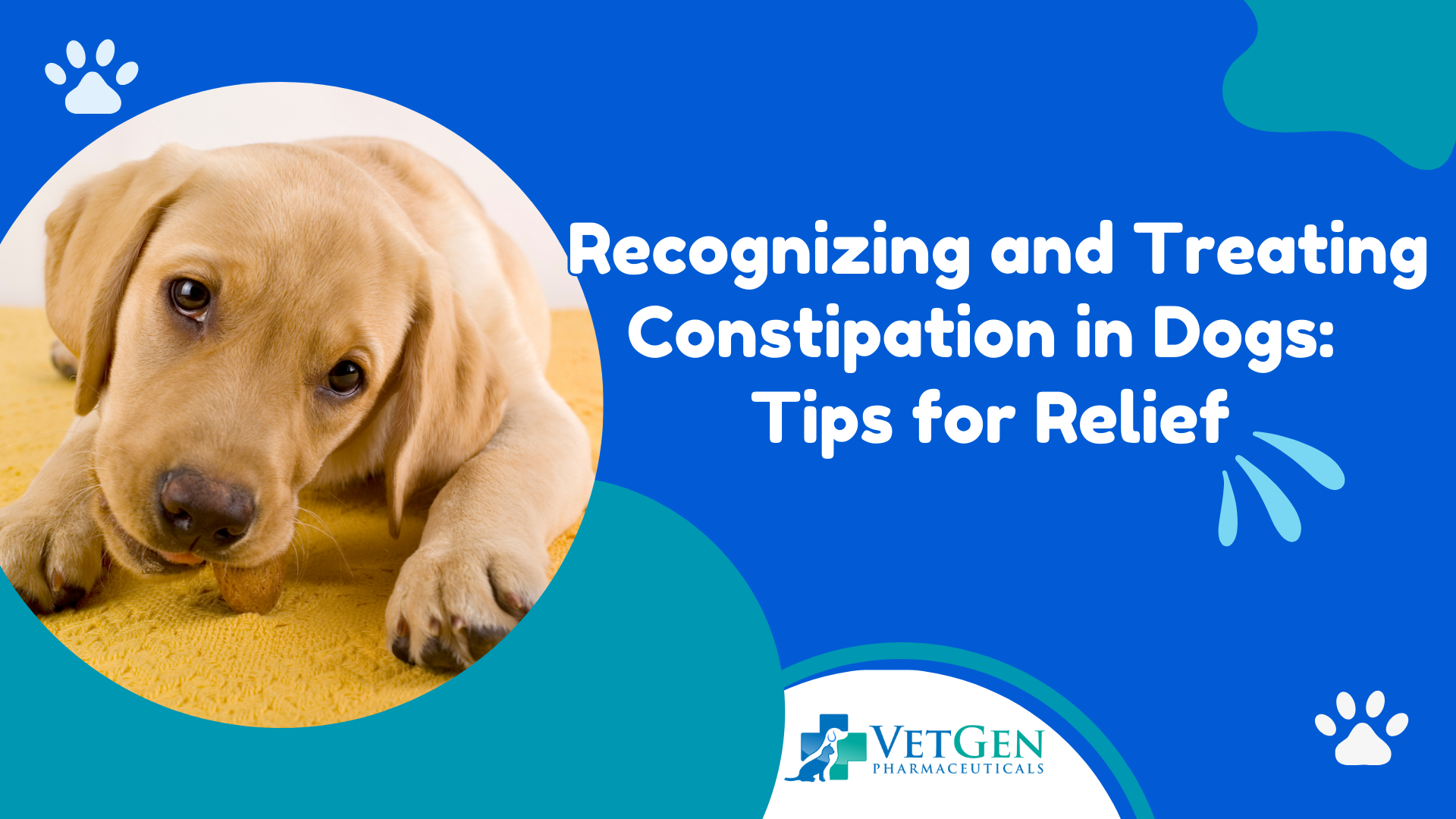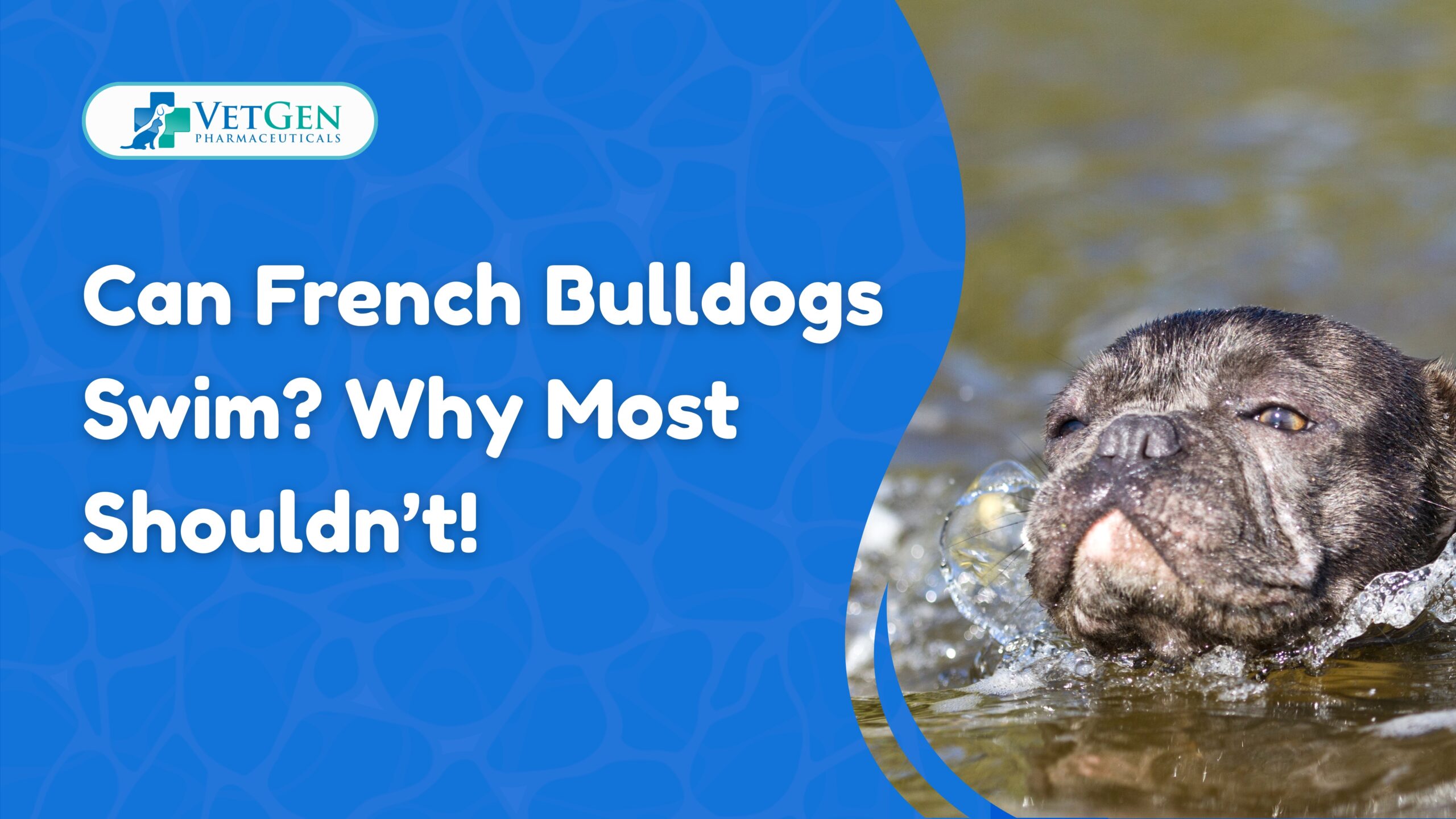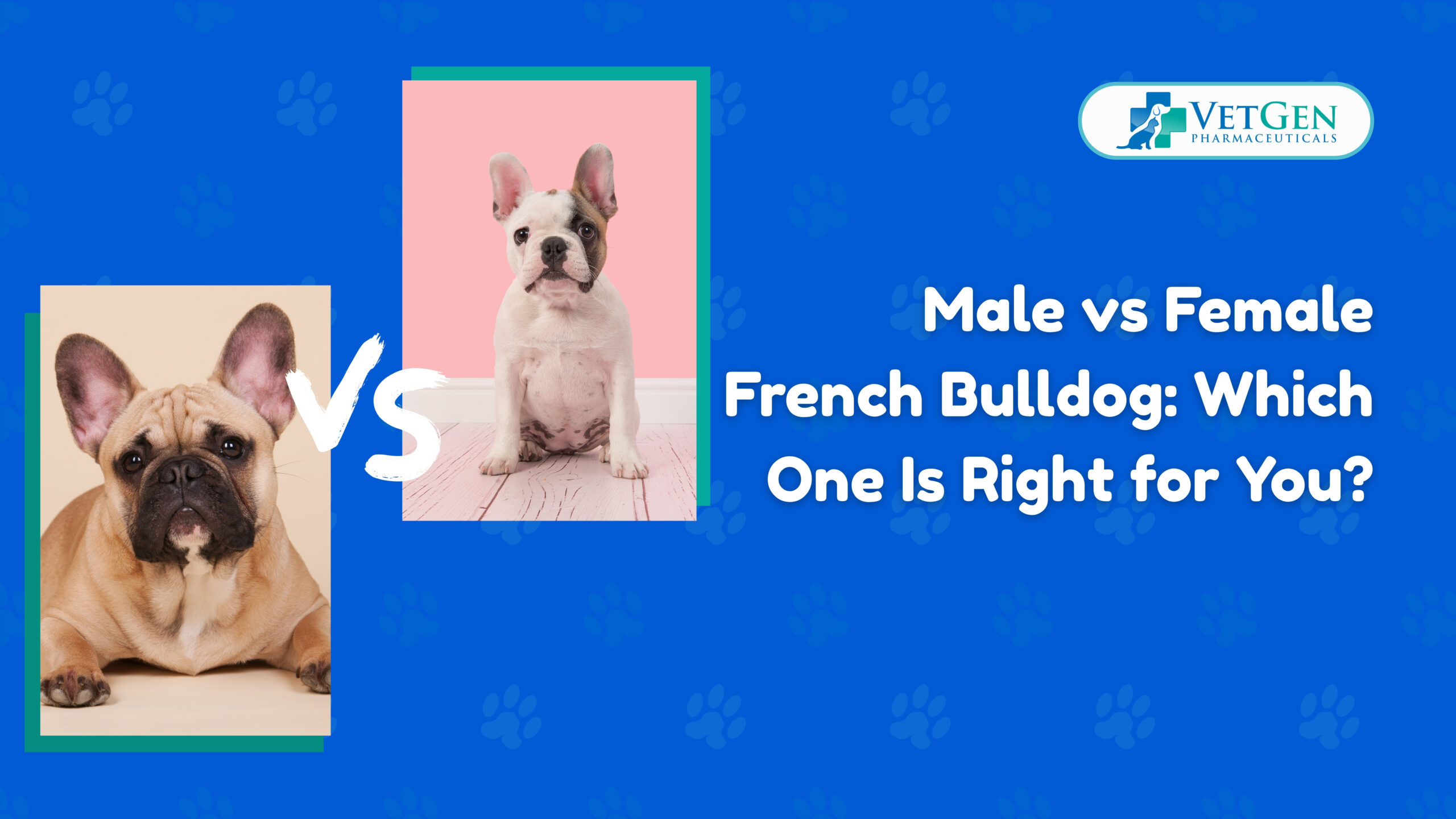The majority of dog owners are familiar with this scenario from their walks: you have your dog’s poop bag ready and prepared, but nothing is happening! Maybe your dog looks uncomfortable or keeps squatting in vain.
When your dog exhibits signs of constipation, you may feel helpless and become impatient to find a quick solution for your poor pooch. But there’s no need to worry. You can urge your dog to let go by making some lifestyle changes. Ideally, this will prevent them from developing a tense relationship with their waste in the future.
Keep reading to learn more about recognizing and treating constipation in dogs.
How Do Dogs Get Constipated
When your dog eats food, it enters their digestive system. According to PetMD, the excrement moves toward the rectum and gathers water and electrolytes from the chyme, which is a mass of partly digested food and digestive juices. The natural lubricant and the repetitive contraction of the muscles of the colon wall move the bulk through the colon.
The colon will keep absorbing the water and salts from the feces if it moves more slowly. Ultimately, the dog will get smaller, drier feces that are harder to carry out of their system. This results in constipation in dogs.
Causes of Dog Constipation
Dogs often experience constipation for the same reasons that people do: they’re not getting enough fiber. But even with a complete and balanced diet, there are a number of additional reasons for constipation in dogs.
- Stress: A stressful event (like moving houses or seeing the vet) might paralyze your dog’s body into immobility. Stress has a tendency to slow down the digestive process in dogs.
- Dehydration: A dog’s body needs to be properly hydrated and receive enough water to support regular bowel movements.
- Laziness: Dogs that lead sedentary lives or don’t get enough exercise may also get constipation.
- Aging: As dogs get older, their digestive systems get harder to work with. A variety of snacks may trigger digestive problems including constipation.
- Enlarged anal glands: Your dog may hold back or find it difficult to “let go” when they poop since they are in discomfort and distressed.
- Stomach or colon tumors: These tumors have the potential to prevent normal bowel movements in your dog.
- Extremely matted fur: Your dog may hesitate to poop if the thick fur around their butt hurts them or makes it difficult for them to do their business.
- Consumed a foreign object: It’s possible that your dog ate a small toy or something that is hindering the pooping process. They may finally pass the object if it is present in the colon or the vet has to remove it with surgery.
Signs of Constipation in Dogs
These are some clear indicators that your dog is constipated, so you can easily identify it.
- Squatting and aching: Your dog will be trying to poop but finding it difficult to produce any feces. They seem anxious, yet they might keep trying to squat to poop.
- Pain and discomfort: It makes sense that being unable to poop would be uncomfortable. Your dog can be whimpering when you touch their lower body, becoming restless, or just seeming uncomfortable all around.
- Gas and bloating: Your dog may feel bloated in the stomach if they are constipated. They may fart a lot more because of trapped gas.
- Poop is packed and hard: If your dog manages to defecate, it will usually be firmer than normal and may be pellet-like.
Tips To Relieve Your Dog of Constipation
First of all, determine whether your dog is actually constipated or if there is another reason for their straining before attempting any at-home constipation remedies. See a veterinarian to find the best course of action for your dog.
Once you have confirmed with the vet that your dog’s constipation is not a reason to worry, there are things you can do to help things along and prevent constipation in the future.
Dietary Changes
You should start by looking into the food your dog is eating. Now is the perfect time to get specific about what your dog eats and make up for any nutritional deficiencies.
- Increase their intake of fiber: Dogs require a wholesome, balanced diet that is high in dietary fiber because it supports regular bowel movements and is necessary for good dog digestion. Foods high in fiber include broccoli, cauliflower, pumpkin, sweet potatoes, apples, and carrots.
- Give them leafy greens: According to WebMD, kale and spinach are also excellent providers of fiber that promote regular bowel movements.
- Consider giving probiotics: Probiotics support healthy digestion and regular bowel movements. Increasing the probiotic content of your dog’s food can have a significant positive impact on their general health.
- Apple cider vinegar: Occasionally adding apple cider vinegar to food can encourage the passage of feces. Keep extra water bowls around the house or give hydrated foods like watermelon and cucumber to increase their consumption of water.
- Give some oil: You can soften your dog’s excrement by drizzling its food with coconut oil or olive oil. Oil has a high fat content, so use it sparingly.
Increase Exercise
In some cases, increasing movement and physical exercise might help dogs with mild constipation. In addition to keeping them healthy, dogs need to exercise for at least 30 to 60 minutes every day to help avoid constipation.
Try exercising with them by taking them on short walks, playing entertaining games indoors, or trying new things outside.
Check Their Rear End
Dogs whose hair is tightly matted around their anus have blockages that prevent them from effectively defecating. Fur matting can be avoided by routine grooming and sanitary trimmings around the anus.
Furthermore, by looking at their dog’s hind end, pet owners may see enlarged anal glands or an inflamed rectum. Your vet can use these results to help diagnose the cause of your dog’s constipation.
Give Them Stool Softeners
Stool softeners will help your dog speed things along in its digestive tract. Similar to laxatives, stool softeners are only beneficial for constipated dogs when recommended by a veterinarian. You should absolutely avoid giving your dog human stool softeners.
Conclusion
Dog constipation is a common but treatable condition. You can maintain your dog’s digestive tract in good working order by being aware of the causes, identifying the symptoms, and learning how to treat and avoid constipation.
Frequently Asked Questions
How can I make my pup poop?
Puppies’ tums are very delicate, so you should see a veterinarian if you think your dog may be constipated before attempting any home cures or supplements. However, you can try encouraging them to drink more water by giving them food high in fiber.
Does giving my dog vitamins for constipation have any negative effects?
Your dog may experience unfavorable side effects from supplements, like loose feces, nausea, or illness. It’s crucial to gradually incorporate them into your dog’s diet as opposed to giving it a sudden increase in fiber. Consult your veterinarian for advice specifically for your dog.
Why are dogs picky when choosing a bathroom spot?
Many dogs object to urinating almost anywhere. This is a result of their territorial nature, which causes them to select a certain location depending on smell markers and their environment. They need a comfortable place to remove waste from their body.






